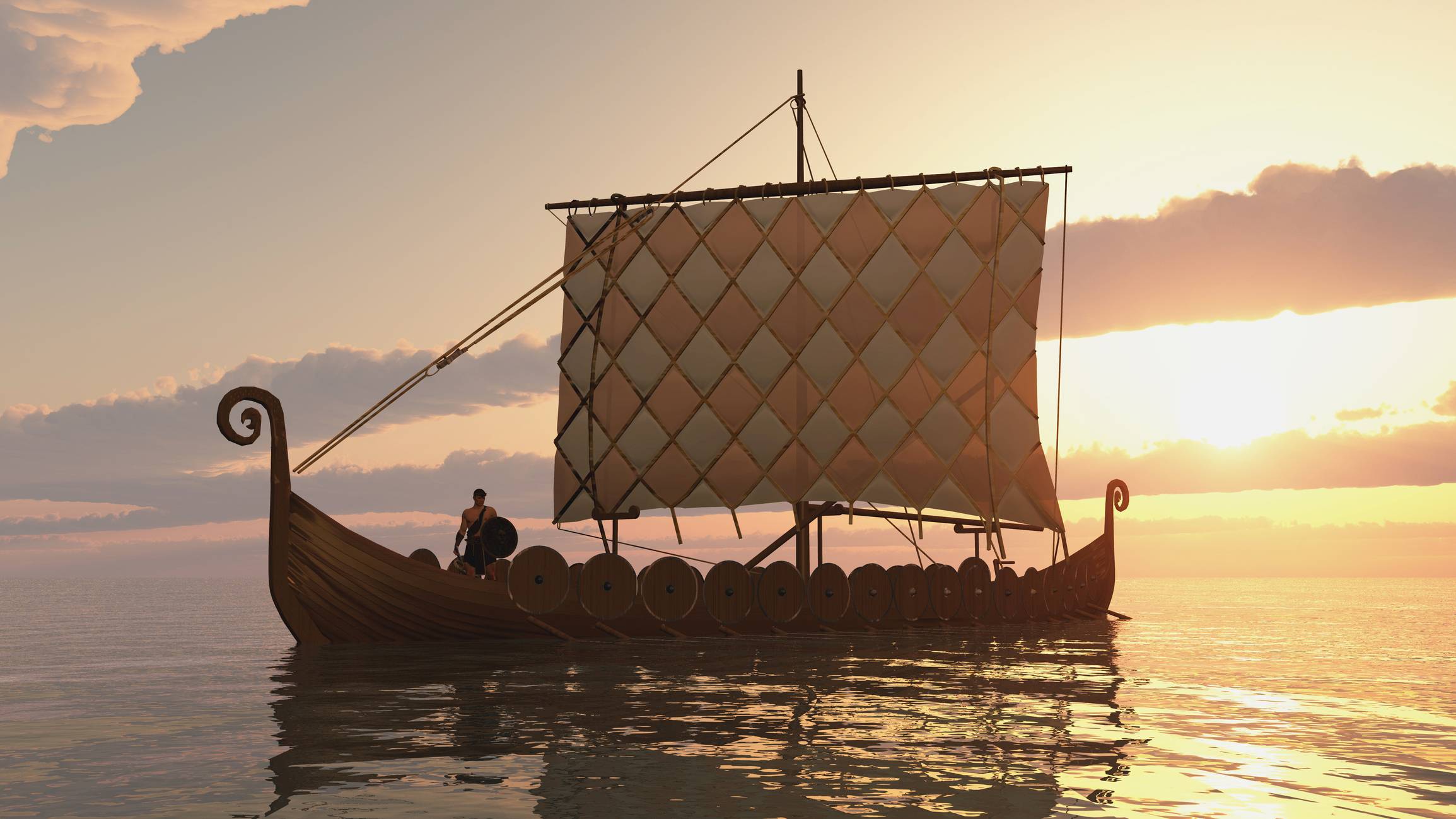In the year 984 a Viking mariner bound for Greenland from Iceland, blown off course in a storm, drifted to an unknown land. There he sheltered as best he could until favorable winds rose to blow him home again. His name was Bjarni Herjolfsson — a trader and a pirate. To be one was to be the other. The moral lines were blurred.
He would have laughed to think of us 1,000 years later remembering his commonplace little sailor’s mishap, which meant nothing to him but marks for us Europe’s first known contact with the continent that 500 years later was named America.
What bearing, it may be asked, has this on Japan?

















With your current subscription plan you can comment on stories. However, before writing your first comment, please create a display name in the Profile section of your subscriber account page.